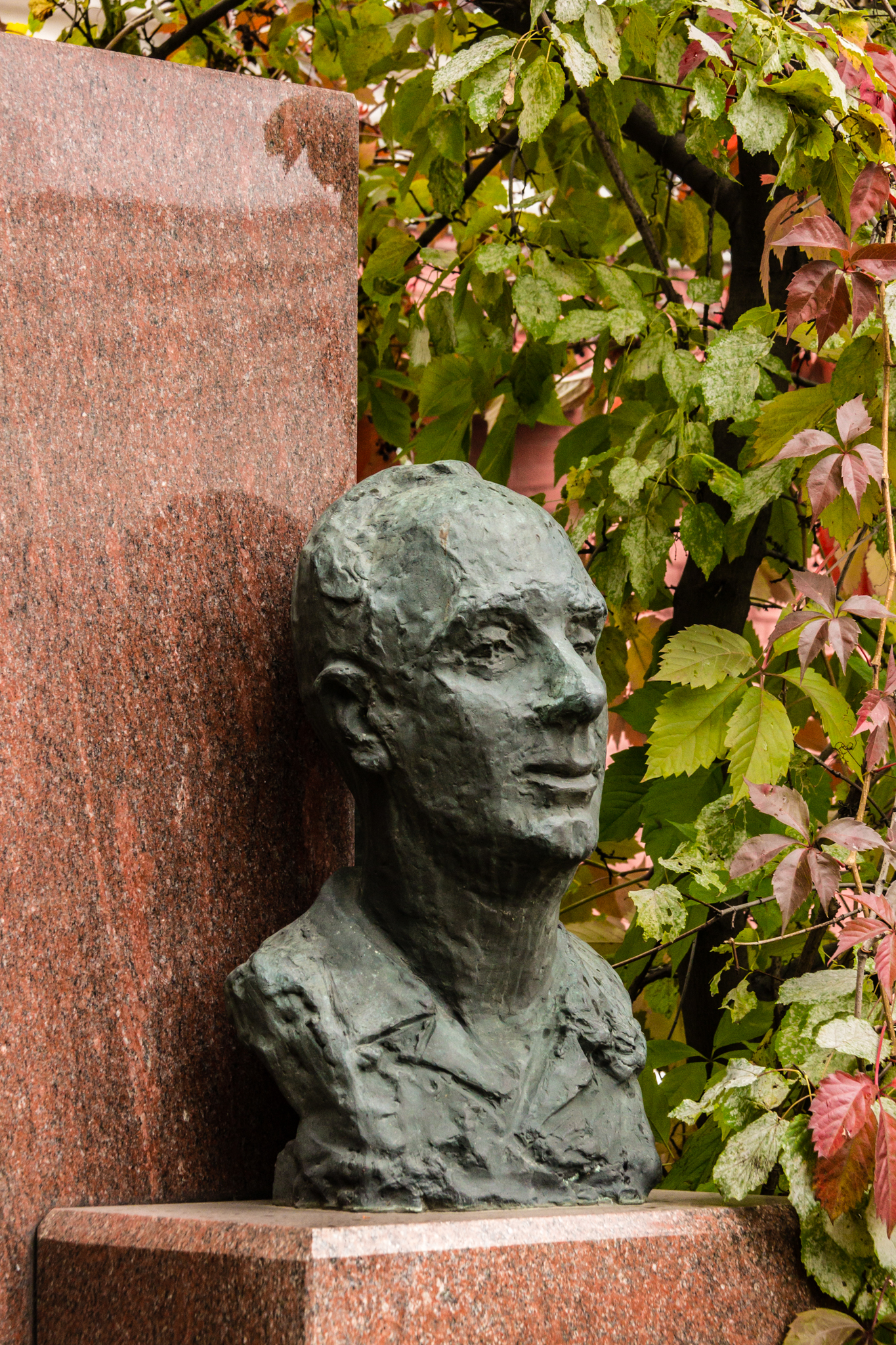There’s a tour company in my city that offers a ghost walk through the historic district of Halifax. It’s a great night out, traversing the downtown streets while listening to spooky stories and spine-chilling tales narrated by a tour guide who is part actor, part historian and full-on ghost whisperer. The tour is about 2 hours, stopping only to pause in dark alleyways beneath the shadows of haunted buildings or to gaze into the windows of derelict buildings in the off chance, in that moment, you’ll view a restless spirit making an appearance.
The tour culminates with a walk through the old burial grounds, a perfect location to scare the bejeezus out of most people. The ‘ghost whisperer’ skirts his flashlight over those headstones that mark the graves of souls that may be unsettled and would have reason to appear to make amends or to seek vengeance. There really is no better place to end a ghost tour because ultimately it represents what we all fear the most — death.
Generally as a society we don’t like to talk about death, what happens when we die, where we go, our regrets or what will haunt us. There is a reason why so many horror movies are set in cemeteries or have graveyard scenes, these places terrify us. It’s where we bury our loved ones and those not so loved, where our religions prophesize resurrection, and even if you don’t consider yourself superstitious, you wouldn’t dare walk over a grave!
But while for most, strolling through burial grounds is uncomfortable in broad daylight and can make the hairs rise on the back of your neck during a ghost tour, there are others that feel differently.
People like me.
I fall into that cluster of people who love a good cemetery— instead of invoking a feeling of fear it’s a place that makes me feel curious. I want to know more about those that are no longer living, what transpired in that “space” between their date of birth and death. “What was the profession / position that yielded such an impressive tombstone?”, “How did that child die?”, “Why did the entire family die in the same year— disease, famine, fire”?
Even more intriguing for me is to visit the burial places in foreign countries on my travels, to understand how the dead are memorialized provides insight into local customs, history and traditions.
I’ve enjoyed a variety of cemeteries on my travels and there will be other blog posts in the future as I’ll continue to seek them out.
Flimston Chapel is a medieval chapel located in the middle of a military firing range at Castlemartin, Pembrokeshire, Wales. It wasn’t always a chapel, originally it was a farm, then a carpenters workshop, then in 1905 the Col. and Lady Lambton restored it as a chapel in memory of their three sons who were killed in the Boer War. Castelmartin, Pembrokeshire, Wales
This is one of three local cemeteries significant to the Salem witch trials of 1692. During that time, 14 women and 5 men, were hanged, and one man was pressed to death after being accused of dealing in witchcraft. The Boston puritans did not believe in using religious symbols on graves (crosses, cherubs etc.). Instead the carvers left images signed to be a reminder of the fleeting nature of life. The common one known as the "death's head” or “winged skull”, was intended to symbolize a combination of physical death and spiritual regeneration. The Charter Street Cemetery, Salem, Massachusetts
The most prestigious cemetery in Moscow and the final resting place for many notable Russians such as Nikolai Gogol, Boris Yeltsin, Stalin’s wife and Anton Chekov. There are over 20,000 graves in this cemetery and wandering through the sections is akin to walking through an art gallery of beautiful statues, monuments, sculptures. Memorials and testaments to Russia’s writers, astronauts, poets and political leaders. Novodevichy Cemetery
The royal tombs at Persepolis from the Achaemenid and Sassanid periods carved into the cliffs are said to be for Artaxerxes II and Artaxerxes III. The tombs are similar to those at Naghsh-e-Rostam about 12km northeast of Persepolis where the Kings were laid to rest. Persepolis, Iran
It is purported that in the 1930’s the author Ernest Hemingway was given a polydactyl kitten by a sea captain named Stanley Dexter. That cat went on to parent numerous polydactyl kittens at Hemingway’s Key West, Florida, home. 50 descendents of that original kitten still live at the Hemingway home in Key West, Florida and those that die are buried in the little cat cemetery in the garden. Cat Cemetery - Key West, Florida










